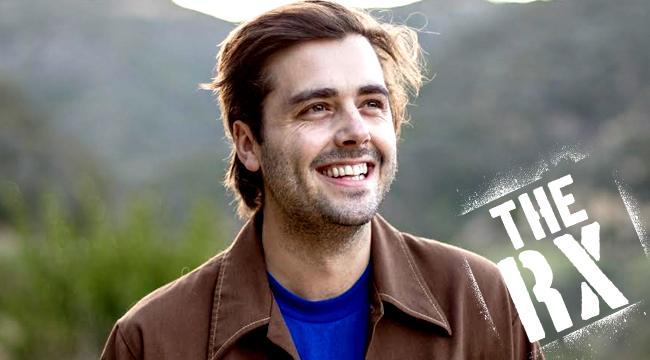
The RX is Uproxx Music’s stamp of approval for the best albums, songs, and music stories throughout the year. Inclusion in this category is the highest distinction we can bestow, and signals the most important music being released throughout the year. The RX is the music you need, right now.
“This shouldn’t scare you,” Lord Huron leader Ben Schneider offers without much ado as we near the peak of our hike on the Beaudry Loop Trail in the Verdugo Mountains that sit between Glendale and Burbank, “but last time I was here, I saw a mountain lion.”
We’re exploring one of Los Angeles’ less publicized features — the amount of natural space still contained within the city’s immediate vicinity. Sure, everyone knows about the long stretches of oceanfront and the palm trees that seem to sprout out of every sidewalk crack, but the Hollywood Hills, Griffith Park, the Angeles National Forest, the Verdugos, and many other areas provide almost immediate reprieve from city life for anyone willing to put on some sneakers and brave wild cats that, according to Schneider, aren’t as big as you might think. Even in a city stigmatized for its laid-back persona, exploring these areas where cougars still prowl and coyotes howl in the distance is a much-needed chance to slow down, and put the human footprint in perspective.
For a small-town boy from Michigan like Schneider, being close to areas that are still wild is essential. Though he’s lived in Los Angeles for 13 years, it’s taken almost that amount of time for the region to become home. When he meets me at the trail’s base for a hike in Glendale to one of the vicinity’s highest peaks, he explains his solidifying relationship with LA. “This part of the hill I love,” he says, looking around at the expanse of green shrubs and ascending rocky terrain. “But the stuff on the other side, the city, that’s become something I really love, too.”
On the band’s third full-length, the ambitious and eclectic Vide Noir, Schneider is more comfortable exploring both sides of the proverbial hill in song than he’s ever been. Vide Noir is a record that slinks through the shadowy corners of downtown, following trails and lingering smoke after someone who’s always just out of reach. But it’s also an album just as interested in the parts of the universe that we don’t understand as the ones that can be accessed on any given night in the bustling metropolis. After the record was mostly written, Schneider would often take this same hike, and it helped him shape and finalize the lyrics, gaining inspiration from how the stars would shine down on him after sunset, virtual reflections of electrical pulses that could be seen across Burbank and Downtown LA in the distance.
“A lot of the album is about our cosmic place and insignificance in the world,” he says, “and how that melted into the city below, twinkling, too. And all the endless stories and experiences down there that could potentially be happening.”
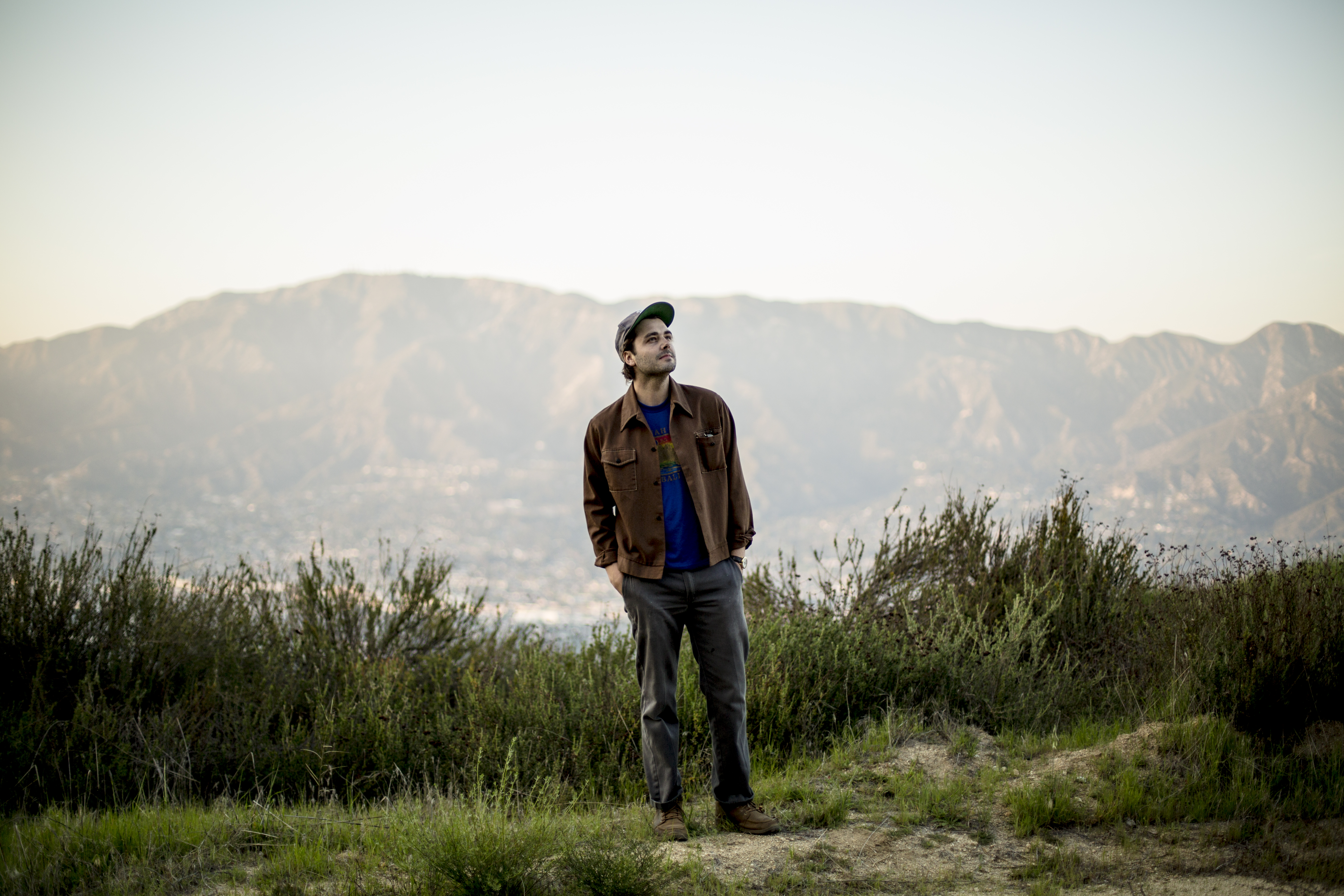
Schneider likes being outdoors and likes thinking about big questions and big mysteries, but still, he shows up for our trip looking as casual as can be. He’s only brought a water bottle with him, while his grey jeans, walking boots, and comfy brown jacket would be as comfortable on stage as they are on an early-April evening in California. The hike is not exactly as mellow as Schneider’s appearance would suggest; a steady uphill jaunt the climbs 1300 feet over the course of three miles before looping back. It’s a notably wide dirt road that could be driven up in an emergency — say, a mountain lion mauling — making it feel less treacherous for our eventual descent after the sun has set.
“I grew up with a profound respect and awe of nature,” Schneider says of his Midwest upbringing. “I spent a lot of time outside as a kid and would go out into the woods with my dad. It was cool coming out here to Los Angeles because there was so much of it out here that was so different than where I grew up. And I’m still exploring it after 13 years. I think that’s the only reason I’ve been able to stay here so long.”
Interestingly, tracing the sounds of Lord Huron almost feels like hearing Schneider’s past reckon with his present. Beginning with an early run of EPs after forming the band in 2010 and culminating with the debut LP, Lonesome Dreams, in 2012, Schneider’s music was often expansive and lush, segueing from post-Merriweather Post Pavilion global folk into something more decisively American, like a more direct Fleet Foxes. Combined with Schneider’s interest as a storyteller, the band was often lumped into the folk music scene, even if their sound was ultimately more nuanced and, frankly, louder than what is typically expected in the genre.
“I don’t see it as a dramatic change at all,” he says when considering how the band has changed through the years. “It’s just been following what we’re interested in and thought sounded cool. We’ve never really been a part of any scene, and I’ve never seen the point in that. Why limit yourself?”
To that, Schneider does admit that there were some benefits to the folk rock branding, noting that it brought the band a lot of fans that they might not already have, and even got them invited to branch out beyond the typical rock music festivals and into more country and folk events. “But there’s a part of me that doesn’t identify or feel totally comfortable in that genre,” he adds.
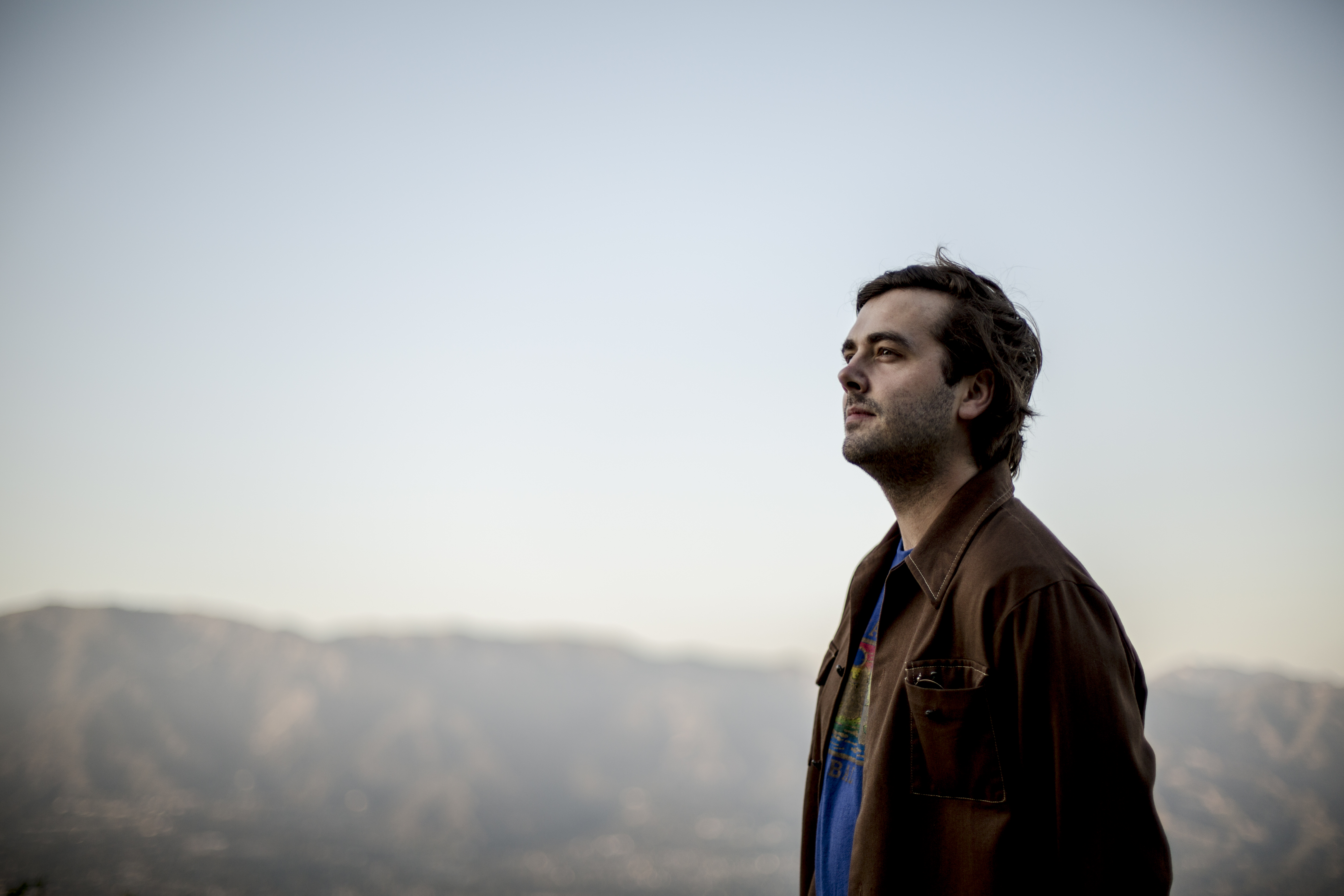
It’s fitting that the band’s biggest commercial moment was notably removed from their folk rock heritage. After releasing their sophomore effort, Strange Trails, in 2015 and seeing it debut at No. 23 on the Billboard 200, the band would get prime sets at places like Coachella and Governors Ball, and all-in-all ran a campaign for the record that would seem like a success on any metric. But after the support of the album concluded, the record’s closing track, “The Night We Met,” began a life of its own.
It started with a placement in the Netflix teen suicide drama 13 Reasons Why. But it wasn’t just a normal sync. The song soundtracked one of the most important moments of the series, when the two main characters, Clay and Hannah, finally share their big romantic moment by dancing to the tune at a school dance. It’s a song that sounds perfect under a slowly spinning mirror ball, whose tenderness is matched by the instant of potential love, and whose lyrical nostalgia fits the scene as Clay is recalling this salient bit of time before tragedy would change their lives forever.
The show provided a cultural moment and the song was at the center of that, and soon after the track began turning up on alternative radio while amassing more than 200,000 streams on Spotify. Locally, even Los Angeles’ KROQ put the song into steady rotation, which feels particularly fitting as we hike below the radio towers that transmit the station. But Schneider didn’t have a chance to really bask in the song’s success, as he was living in Europe during the time. And because he was so far away, the band didn’t have to do any added radio promotion to aid the song’s climb up the charts.
“The timing was perfect since we already had a record done,” he says, admitting to only having seen his song’s episode of the series. “So, we didn’t have to worry about some weird new pressure — it was already over in terms of writing. A little late innings boost like that was really great for us to take our time and finish the new record and, to be honest, go out and get a better record deal.”
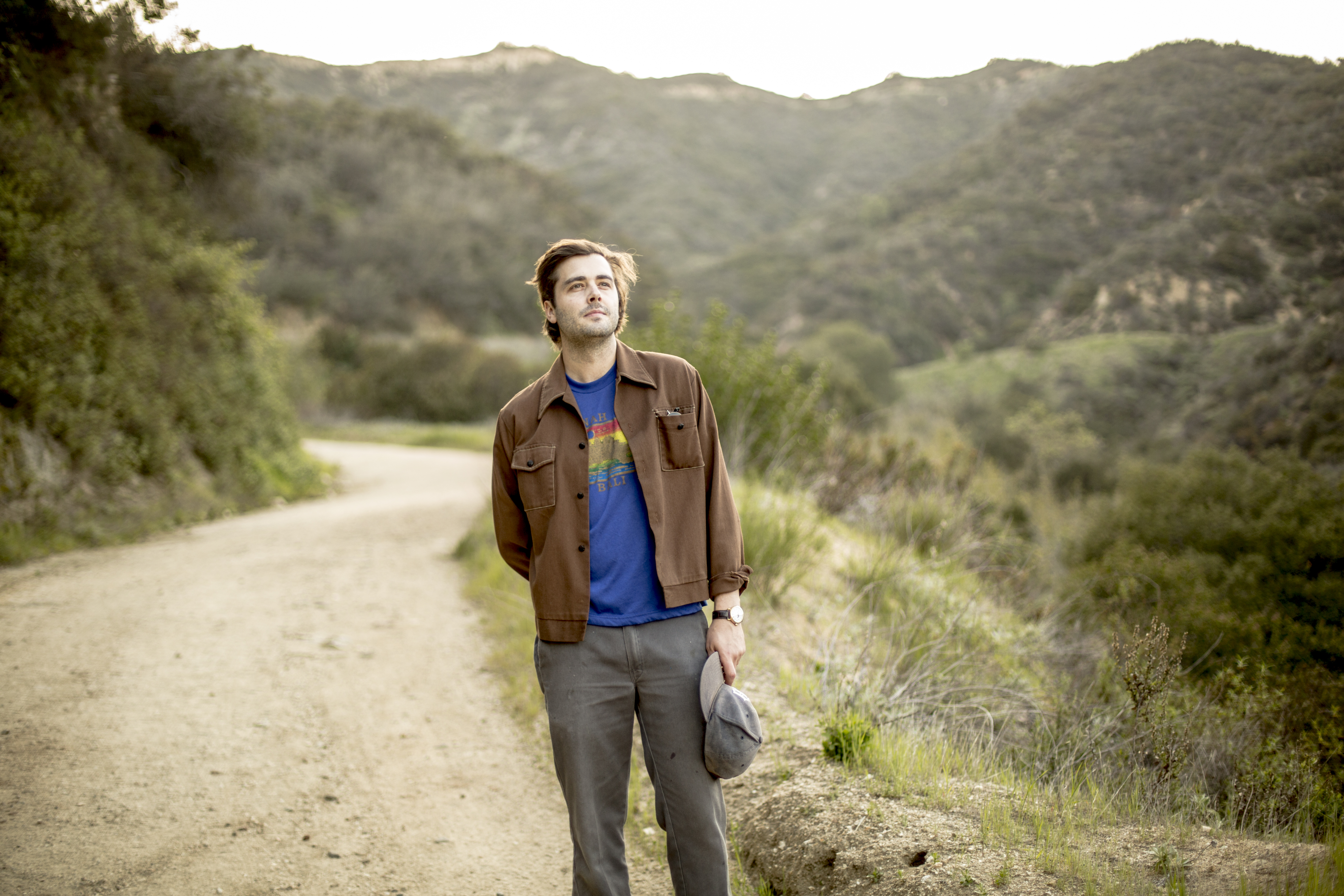
The songs of Vide Noir that do sound most like “The Night We Met” only approach the aesthetic tangentially. Schneider speaks about being a fan of early ‘60s pop and country, and that informs both that past hit and new songs like “Wait By The River” and “When The Night Is Over.” It’s the mixture of a glistening longing and something more sinister that evokes a Lynchian vibe, something that would be as comfortable with the top down on a Hollywood night as it would be performed at the Roadhouse on Twin Peaks. These songs anchor a greater aesthetic, one that is led by Schneider’s gift as a storyteller. Even talking about the greater narrative of the album, he’s coy about revealing too much about what he considers fragmentary, rather than linear, lyrics.
“The way I think of the record and how it was conceived when I was writing, is someone’s nighttime odyssey through the city,” he says. “They wander in and out of different clubs, hear different types of music, maybe occasionally they wander out to outer space, too. I just kind of wanted the record to sound like this meandering walk through different styles and emotions and experiences. It’s bookended pretty literally by this story. It starts with a guy who comes from somewhere else and arrives at the city looking for somebody and at the end of the record, he finds them and there’s some fallout.”
From there, it is up to the listener to fill in the gaps, with Schneider noting that was always one of his favorite parts of being a music listener, inserting himself into other people’s stories and making them his own. But the band isn’t limiting themselves to just the songs as an entry point to Vide Noir. Like their previous efforts which included everything from videos to artwork to comic books to supplement the songs, Lord Huron is using their resources to make this album release as immersive as possible. They ran a geocaching program to discover new songs ahead of the release, getting people outdoors and into nature to uncover then unreleased material. Suitably, this Verdugos hike is one of the locations, but it also included other spots in the US, Mexico, and South America. The band also launched a public access TV show in select cities, with places like Burlington, Madison, Nashville, and Brooklyn getting airings of a unique visual experience put on by the band.
But even with all these extracurricular modes of communication, it is still through music where Schneider and his band shine. He’s known the guys he plays with since they were kids, and they even played together as 12-year-olds in his first band. And, he feels lucky to have found a group that lets him take the reigns as the creative voice behind the band. “It’s important that there’s a singular point of view,” he says, “and the band agrees with that and thankfully they put their trust in me to be that point of view. As a creator, which is what I’ve always been, you don’t realize that not everyone wants to do that.”
As for what that point of view is and what it is trying to say, simply looking at the title, Vide Noir, illuminates Schneider’s way of thinking. He doesn’t shy away from the existential dread that can come from peering into nothingness, and opens the record on the gentle, countrified “Lost In Time And Space” with a conceit that sets the album’s lyrical tone: “Aimless drifting in a far-off place / Hurtling through the vast unknown / Staring straight into a pure black void.” What follows is some of the band’s most aggressive rock tunes to date (“Never Ever”, both parts of “Ancient Names”) and forays into My Morning Jacket-adjacent psych rock (“Moonbeam,” the title track). But regardless of the way the songs sound, it is the point of view of Schneider that holds everything together, along with an impeccable melodic ear and carefully considered arrangements. Vide Noir always feels like an album made by musicians at the top of their game, tapped into a creative spirit other bands only hope to approach.
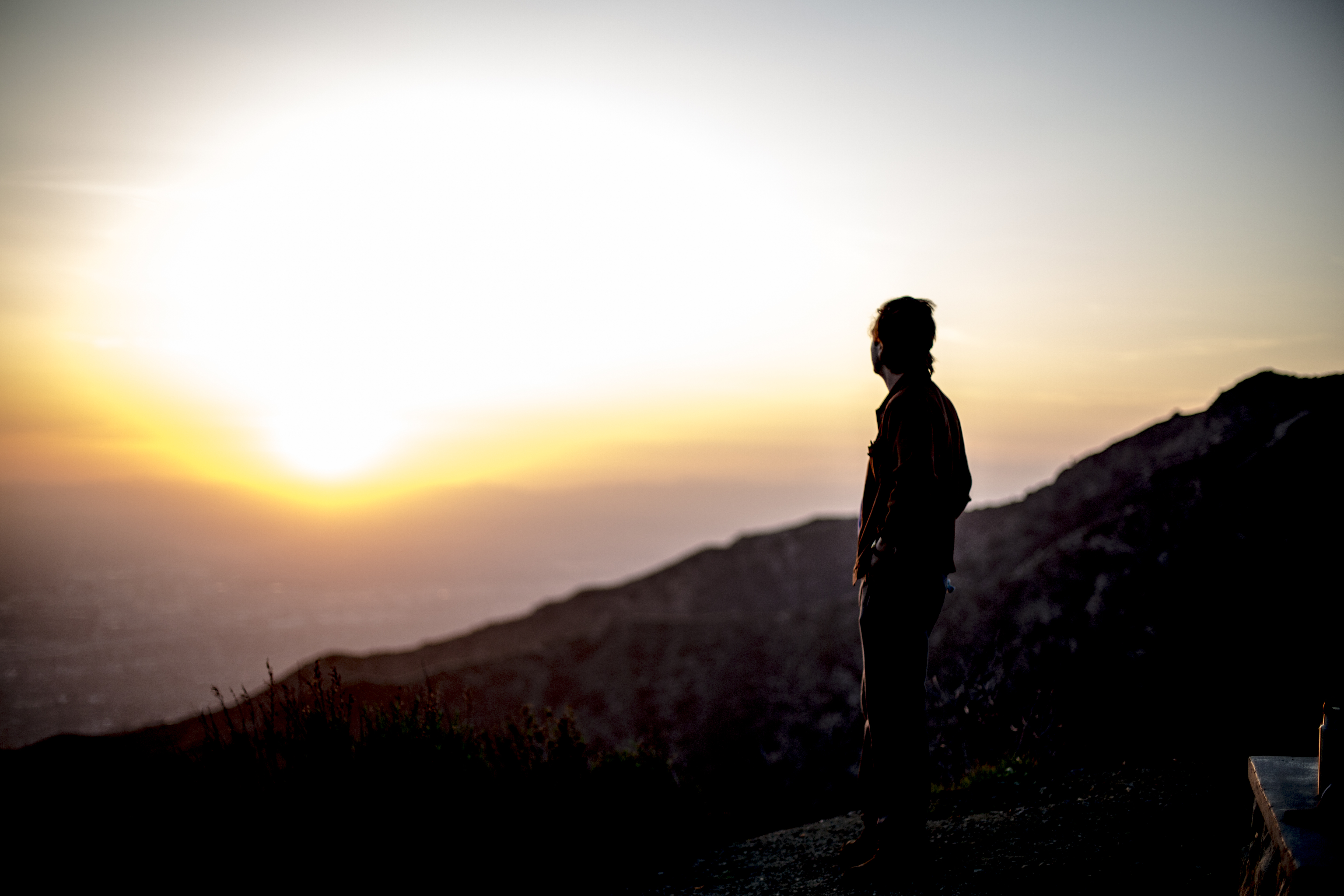
By the time we do hit the top of our hike, we’re just in time to catch the sun drifting down toward some coastal cloud cover. We can see the LA skyline to our left and straight ahead we try to locate my neighborhood in Los Feliz. Everything from Universal Studios to the biggest IKEA in the US is visible from up high, and Schneider’s inspiration from the dichotomy between Los Angeles’s dueling aspects becomes even more clear. “Sometimes I have this feeling, I think they call it sondering,” he says, “where you have the moment of realization that what’s happening in someone else’s mind is every bit as complex and important to them as yours is. When you think about all that experiential energy that is crammed into your city, that really blows my mind sometimes. All those consciousnesses existing in the same place.” Conversely, out here, there are no other consciousnesses to contend with. We’re the only people on top of this mountain, and on our walk up and down the trail, we can go long periods without seeing another soul.
Moments of solitude are necessary to stare into the void yourself, to take stock, and to return to your life refreshed and inspired. And for someone like Schneider, it can become fodder to record the best album of your career. “Nobody has chosen to be born, and life is indeed a lot of suffering,” he tells me during one of our many philosophical digressions, not so much preaching, but speaking as a person who regularly wrestles with what mortality and existence means. He doesn’t just stare into the void, he looks through it. And like mountain lion attacks in the California wilderness, it’s nothing to be scared of.
“But, at the same time, if you’re here, what can you do to alleviate some of that suffering,” he says. “That’s obviously hugely different for different people across the world. I know a lot of my suffering personally — I go through light and dark times like anybody and have had a lot of hard times with that — a lot of time the thing that’s pulled me out was artwork of various kinds. Music. Movies. So I know that is a powerful thing and I guess that’s the thing I think I’m talented in, so I’m trying to employ that for whatever good it can do.”
Vide Noir is out now on Whispering Pines/Republic Records Get it here.






